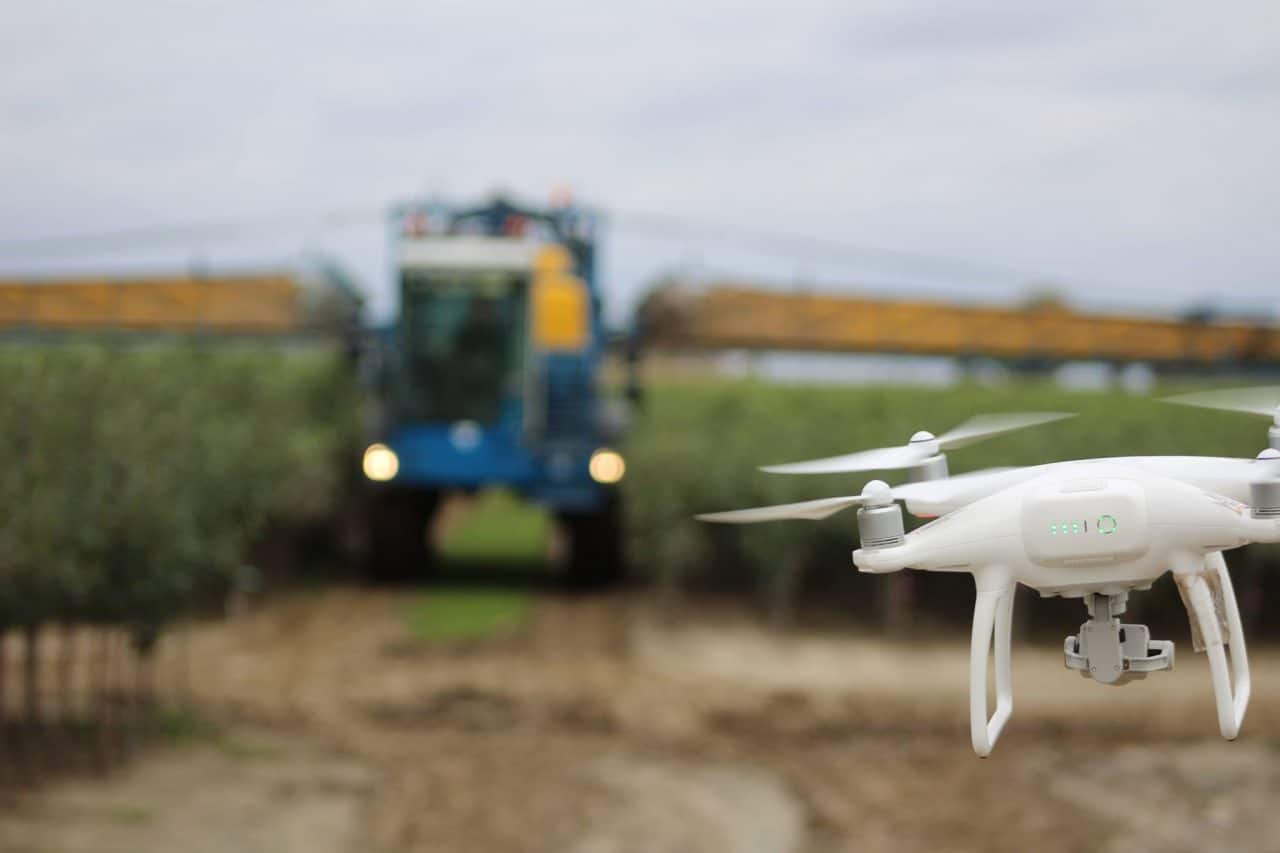
Drone analysis offers several drone applications for the agricultural and horticultural sector. So far, crop counting has been the most important feature. This is linked to an app for convenient access to all data read-outs.
CEO Roy Monissen (24) explains the services of Drone analysis.
What prompted the use of drones for crop counting?
It basically started with an assignment for our sports management study. That entailed using a drone to carry out a football analysis from the most perfect perspective. That’s why we followed Sparta’s training courses given by Alex Pastoor, the trainer at the time. How pressure is exerted, and by whom, and what happens when there is a lull in the play. However, this couldn’t be followed up because of the strict rules and regulations.
As I live in the Boskoop tree breeding area, I was asked whether we could be of any help there. Spotting plant diseases turned out to be problematic because there are so many of them and they are tricky to discern. With its own specially developed software, the drone proved to be far more useful for counting plants.
What is Drone analysis busy with in the main?
Our focus is on counting plants. Counting them by hand can prove unreliable. A grower doesn’t get a realistic picture of their crop when faced with unreliable data. It is also valuable information for account managers, customers and the tax authorities. Potential crop loss is detected in good time with this data and consequently there’s the option of replanting.
We guarantee margins of error of no more than two percent with the help of the artificial intelligence which is processed inside the drone. We use a combination of both our own and international software. The technology is adaptive in order to be able to identify plants properly. We are now working on an app to help growers keep everything well-organized.
Aside from all of that, we are able to create comprehensive aerial maps which can be used to efficiently subdivide a nursery. And our images can also be used for marketing and promotion purposes.
Do similar companies operate in the same way as you do?
We aim to distinguish ourselves by being able to tailor everything to the customer. Our service may vary accordingly. For example, does a customer want a map of the layout on a weekly or monthly basis? We work entirely to measure.
How has the response been so far?
There’s quite a bit of scepticism. This data-oriented approach is something that older entrepreneurs in particular sometimes need to get used to. Generally, everyone likes it. But it takes a while before that leads to a meeting or an actual assignment. Furthermore, it ought to be pointed out that the data always remains at the disposal of the owner. As such, we always have to handle the data with the utmost care and and make sure that we can be depended upon.

What has been the biggest obstacle so far?
Apart from the fact the we are fairly unknown as a company, it can be the case that some plants are planted so uniformly and densely that there is almost no way to differentiate between them. They’re as thick as a forest then.
What has been the main highlight so far?
We have managed to attract renowned companies and gain the trust of a reputable horticultural institute like Naktuinbouw. When it comes to the latter, we are, of course, obliged to agree to the non-disclosure of any results.
What are your expectations for the coming year?
We plan to further expand our crop counting services and are working on making sure that the app can be used effectively.
Where will Drone analysis be in five years’ time?
In five years’ time, we will be an important player in agriculture and horticulture when it comes to agricultural data analysis. A company that is fully geared towards helping growers with a variety of sophisticated tools. Consider, for example, the systematic counting of plants, spatial planning. As well as the app itself, which allows everything at a plant nursery to be seen in a clear and concise manner at a glance. We can also incorporate the other tools we have on offer into this.
Interested in start-ups? Read more of articles in this series here.

